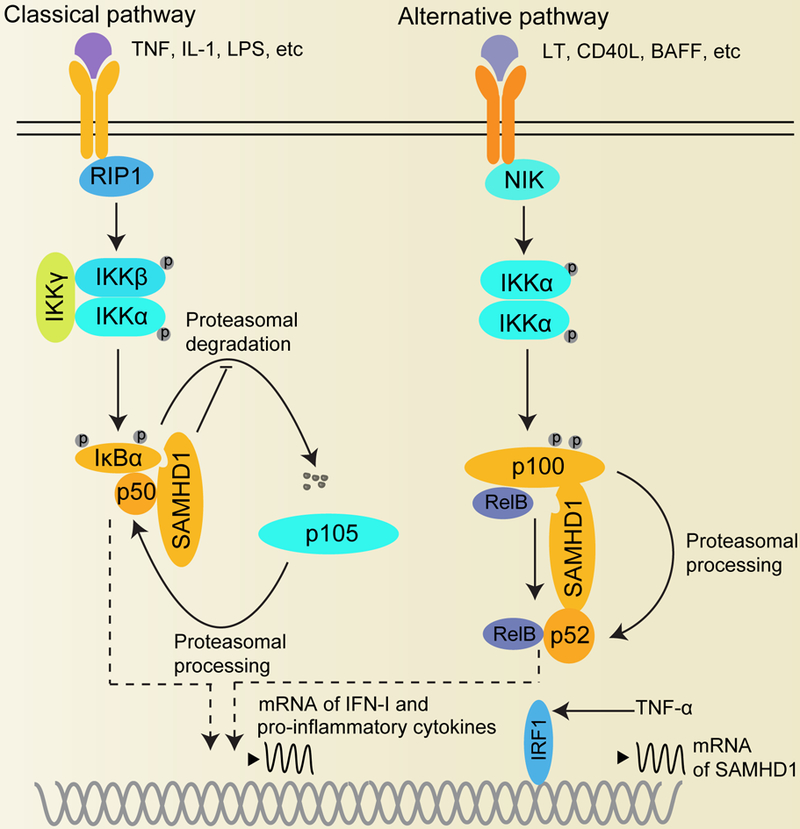Figure 2. SAMHD1 prevents the activation of NF-κB signaling.

The NF-κB signaling contains the classical (canonical) and alternative (noncanonical) pathways. The classical pathway is induced by factors such as TNF, IL-1, or LPS, and is activated by the phosphorylation of IKKα/IKKβ heterodimers of the IKK complex and targets p50/p65 dimers. The alternative pathway is activated by factors including LT, CD40L, or BAFF, and requires NIK induced phosphorylation of IKKα homodimers, leading to proteasomal cleavage of phosphorylated p100 and causes activation of RelB/p52 heterodimers. In the classical pathway, SAMHD1 interacts with p50 and IκBα to inhibit IκBα phosphorylation and degradation, thus negatively regulates NF-κB activation in human macrophages and cell lines. In the alternative pathway, SAMHD1 binds to p100/p52 and prevents NF-κB signaling in cells. TNF-α promotes SAMHD1 protein expression through activation of the transcription factor IRF1. The circled letter P of indicated proteins indicates their phosphorylation. BAFF, B-cell activating factor; CD40L, cluster of differentiation 154; IκBα, nuclear factor of kappa light polypeptide gene enhancer in B-cells inhibitor alpha; LPS, Lipopolysaccharide; LT, Lymphotoxin; NIK, NF-κB inducing kinase; RIP1, Receptor-interacting serine/threonine-protein kinase 1; TNF, tumor necrosis factor superfamily.
